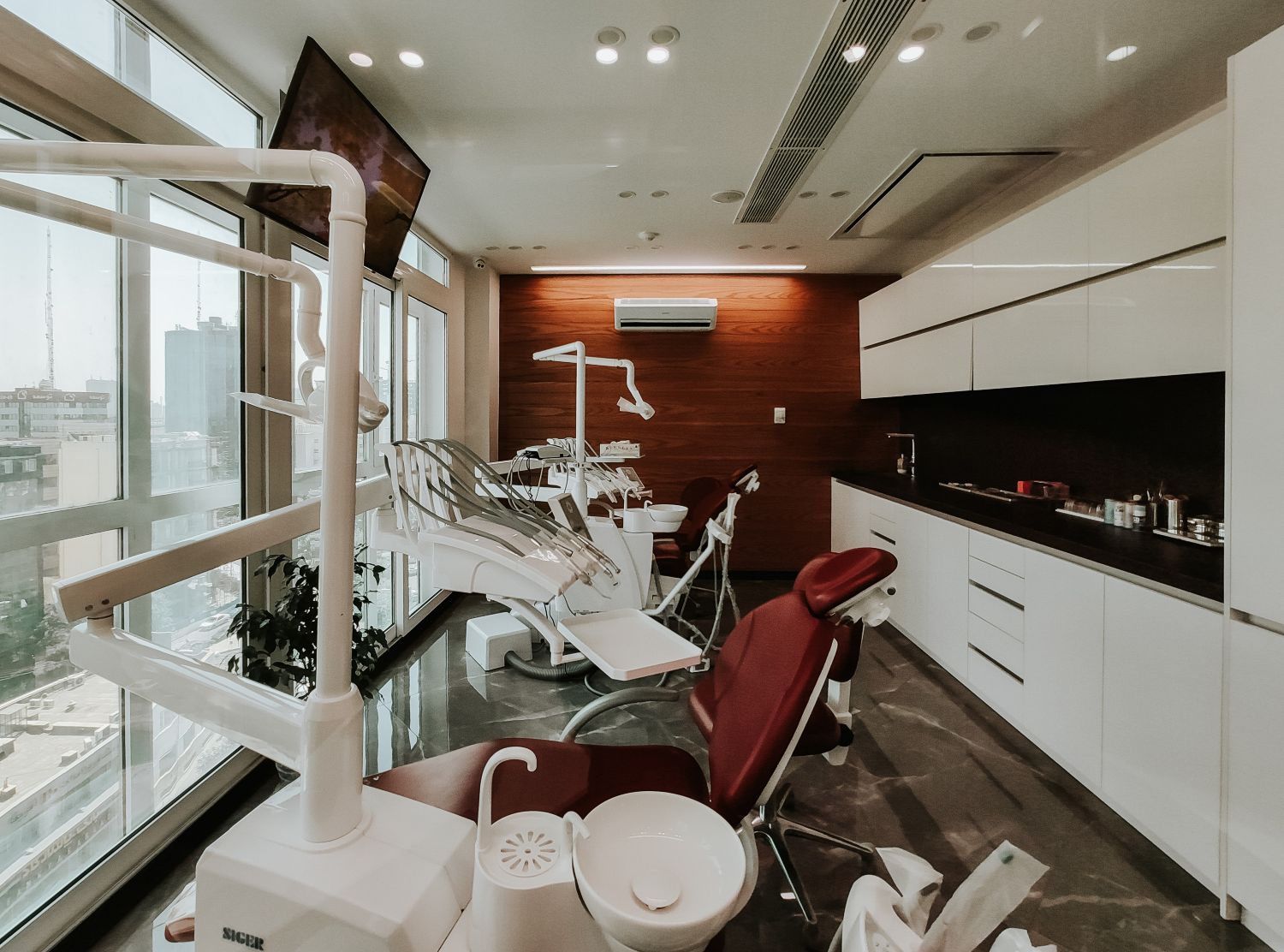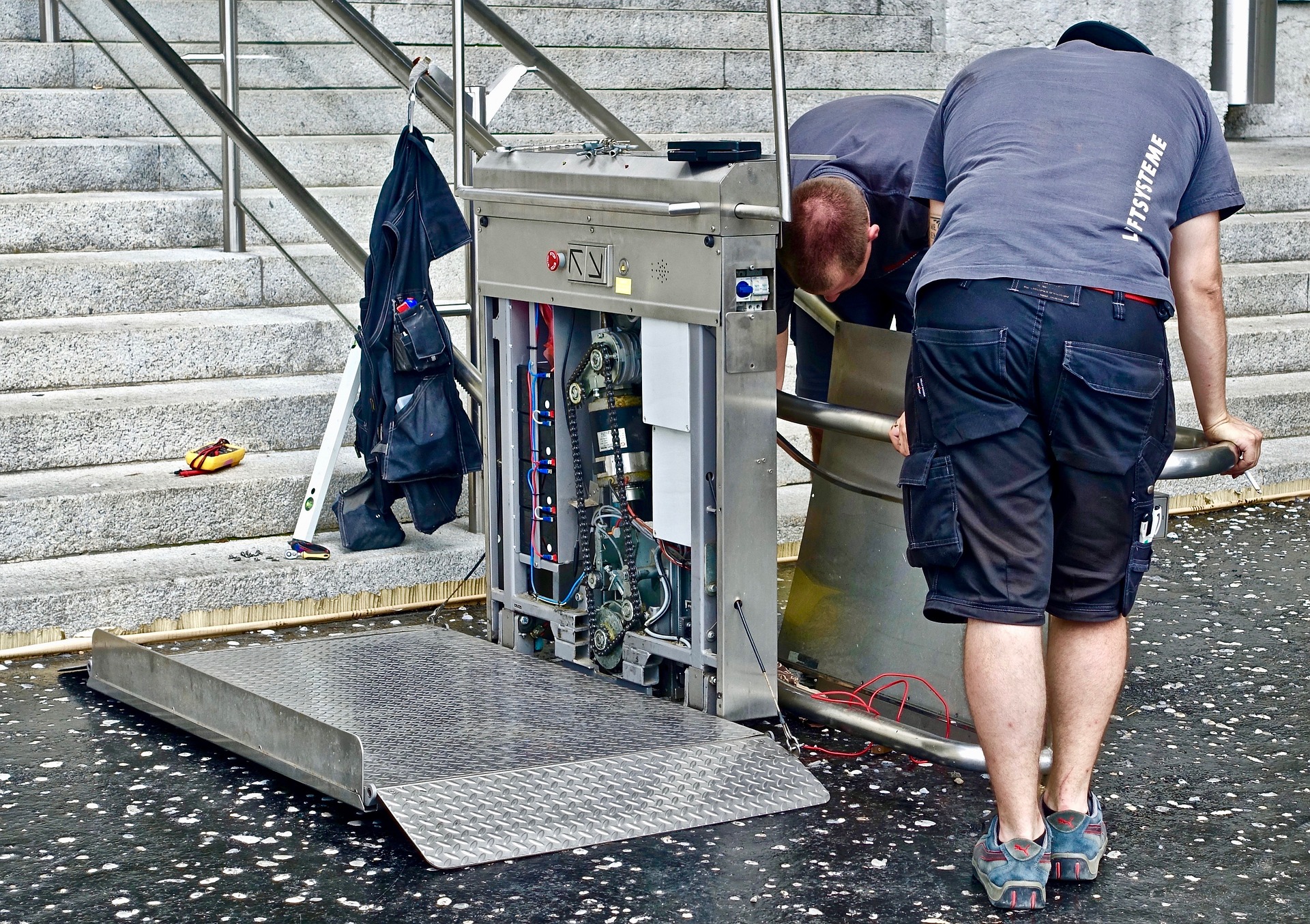Many medical professionals and facilities require access to a wide range of medical equipment that they don’t have the budget to purchase outright.
Considering the amount of equipment a hospital, clinic, private practice, or other healthcare facility needs, keeping this equipment on hand can be incredibly cost-prohibitive.
If you own and operate a company that rents out patient monitors, gurneys, ventilators, or durable medical equipment (DME) like wheelchairs, crutches, and oxygen equipment, you want to make sure that your property is treated well so you can continue to rent it out.
While some wear and tear is to be expected, a medical equipment agreement rental template informs lessees of your terms and penalties and secures their agreement.
How can you create a contract that protects your interests?
Get A Medical Equipment Rental Agreement Template
When it comes to creating a medical equipment rental agreement, you don’t have to reinvent the wheel or make your own. Quipli has a rental agreement for purchase that is used by many of its own clients.
need a rental agreement template for medical equipment? Click here to find out more
What Does a Medical Equipment Rental Template Need to Include?
Medical equipment may be used to support life-saving treatment or aid in patient recovery. For this reason, the owner of the equipment bears some responsibility for its condition.
When you lease equipment out to care providers, you need to contractually agree that they will take on the liability of maintenance and usage.
Your medical equipment lease agreement will also include standard details like duration and cost, restrictions on usage, and penalties for loss or damage.
Beyond the basics, however, you need language specific to the gravity of the medical purpose for which this equipment is intended. Here are some of the most important points to cover in your lease agreement.
Term of a Lease
As the equipment owner, you may want to offer a range of lease lengths for your clientele to choose from based on their needs.
Or you might prefer a standard time frame of, say, six months or a year, after which the lease could be renewed or renegotiated.
Either way, one of the first things you should cover as part of your basic client management is the duration of the lease.
Payment Terms
Once you’ve chosen a lease term, it’s time to spell out your expectations for payment. What is the cost of equipment rental? Do you expect payments on a weekly or monthly basis? Will you offer a discount for prepayment of, say, a full year in advance?
You need to decide whether to offer maintenance services as part of the lease (with the cost baked in) or to offer this as an extra service option with a separate fee. You could also make renters responsible for this activity.
You may want to require a security deposit to cover any potential damage to equipment.
There should also be stipulations regarding fees for late payment. Don’t forget to include policies and costs related to damage or loss of equipment during the lease term.
Restrictions on the Use of the Equipment
Before finalizing a lease and scheduling equipment delivery, you need to set limits on the use of the equipment.
These could include specifications on how the equipment should be used, but you may also want to spell out prohibited usage that is likely to result in damage or loss. State the associated repair or replacement fees.
Make sure to include specific language detailing where the equipment can be used, such as in a specific facility or perhaps at a number of facilities within an area.
Loss or Damage to The Equipment
Any DME rental agreement will have to include language related to the penalties for loss or damage and specifications about what constitutes loss or damage.
Requirements for the Condition of the Equipment Upon Return
You know what condition your equipment is in when you lease it out to a client. Before accepting a booking, you need to specify the condition it must come back in to avoid fees or loss of deposit.
Termination Clauses
As the owner of expensive medical equipment, you should reserve the right to terminate the rental agreement early if certain things occur or certain conditions aren’t met. This could include problems like failure to pay, storing or using equipment off-site, or damage to equipment.
Indentification and Liability Clauses
When you’re starting a medical equipment rental business, important that you protect yourself from liability in the event that patients, renters, or others are harmed through the use of your medical equipment. This is especially true in cases of misuse, negligence, malicious behavior, or other mistakes on the part of the renter.
Indemnification and liability clauses are a critical part of any medical equipment rental agreement.
Protect Your Medical Equipment Rental Company with a Comprehensive Rental Agreement
A medical equipment agreement rental template is a means of protecting your company and assets, and it has to cover several important points to absolve you of liability and ensure a profitable enterprise.
Contact Us Now for a Rental Agreement Template
Build Your Quipli Rental Business with Quipli
Quipli is an all-in-one software solution for rental businesses. Our equipment rental software helps rental companies track their inventory to maximize revenue-generating opportunities and integrates with our reservation & scheduling app for a seamless customer experience. Reach out to the Quipli team today to learn more.
Learn more about medical equipment renting with our and our guide on how to start a medical equipment rental business and exploring our medical equipment rental software.

